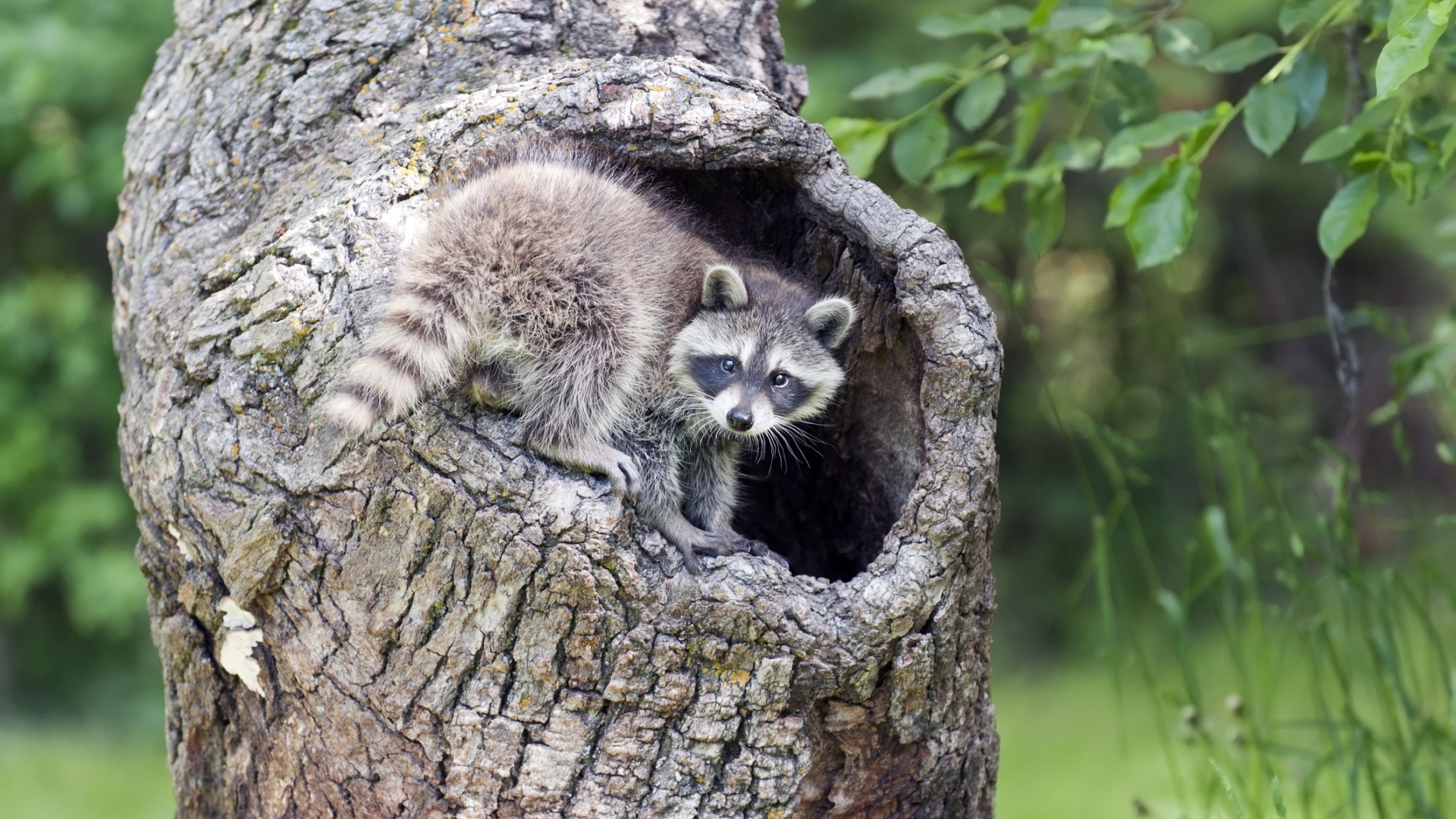When we think of hibernation, we often picture bears snoozing in cozy caves, but the truth is that many animals have found some pretty surprising places to spend the cold months.
From hidden burrows to frozen ponds, these animals know how to survive the harsh winter. Let’s explore 11 fascinating creatures and the unexpected spots they hibernate in.
1. Bats – Attics And Abandoned Buildings
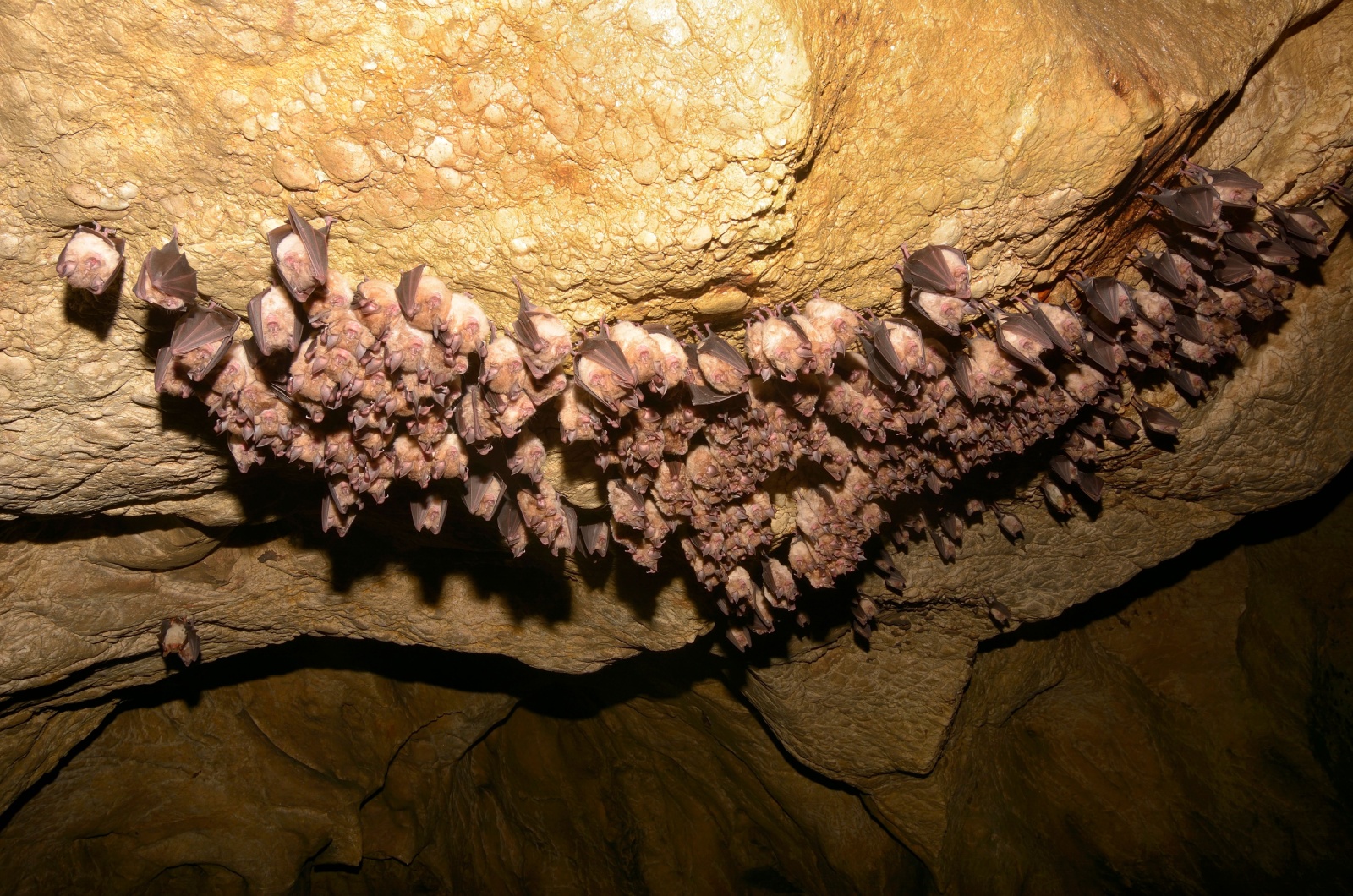
Bats are famous for hibernating in caves, but did you know they can also be found in places like attics, barns, and even abandoned buildings?
These nocturnal creatures look for dark, cool spots where they can safely rest without freezing.
In fact, many bat species enter a deep, energy-saving hibernation, sometimes staying in these unlikely spots for months at a time, depending on the temperature.
2. Ground Squirrels – Underground Tunnels
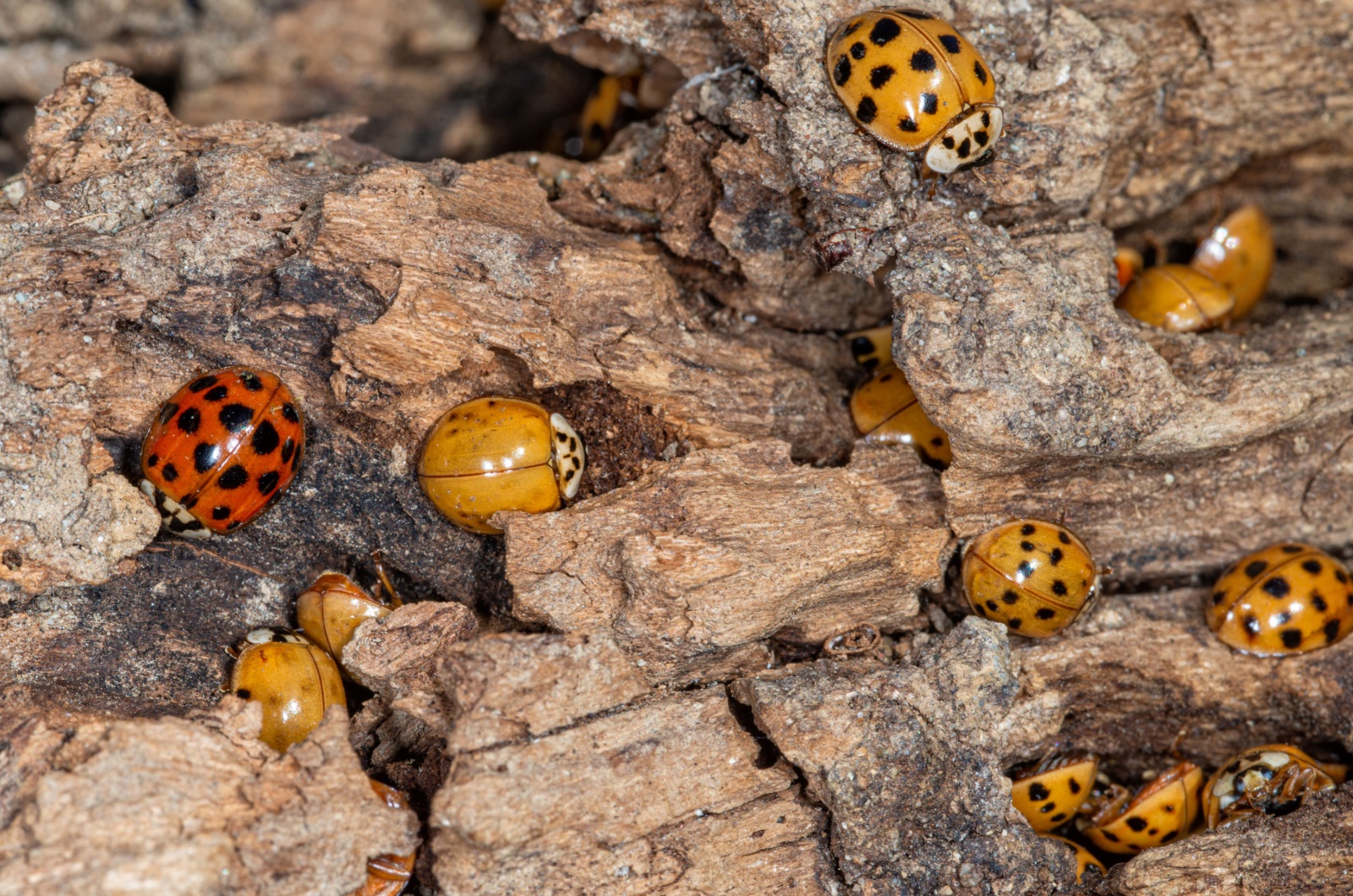
These adorable creatures are true masters of burrowing. During winter, they hibernate in their underground burrows, where the earth provides insulation from the cold.
Unlike bears, who hibernate for months at a time, ground squirrels enter a state called torpor, where their metabolism slows down dramatically. They occasionally wake up but mostly stay inactive until spring arrives.
3. Frogs – Underwater Or Buried In Mud
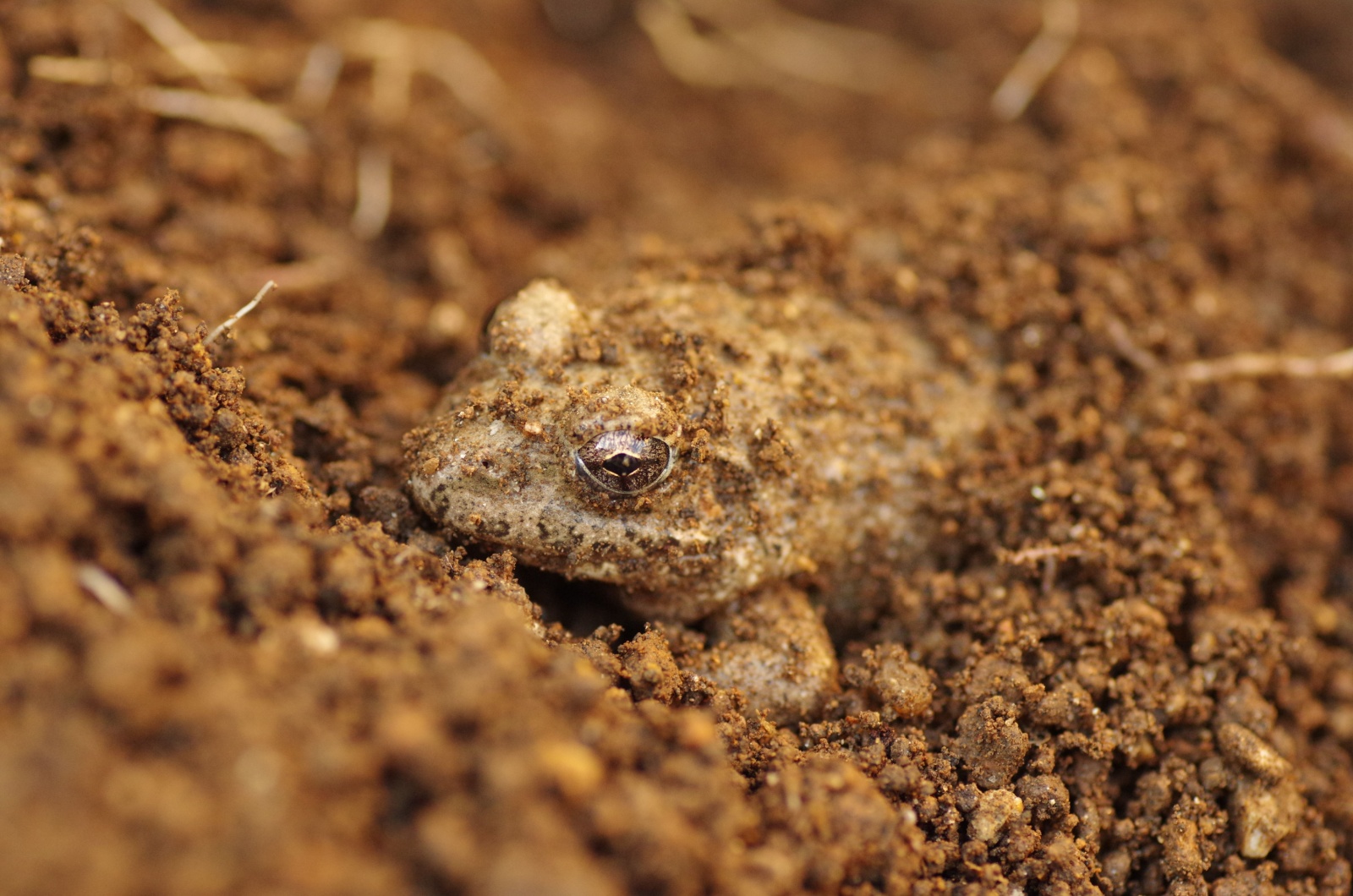
Certain frog species, like the wood frog, take hibernation to a whole new level. Some frogs hibernate underwater, while others burrow into the mud beneath frozen ponds and lakes.
The most amazing part? These frogs can actually freeze solid! Their bodies go into a kind of suspended animation until the weather warms up enough for them to thaw out and come back to life.
4. Bees – Inside Their Hives
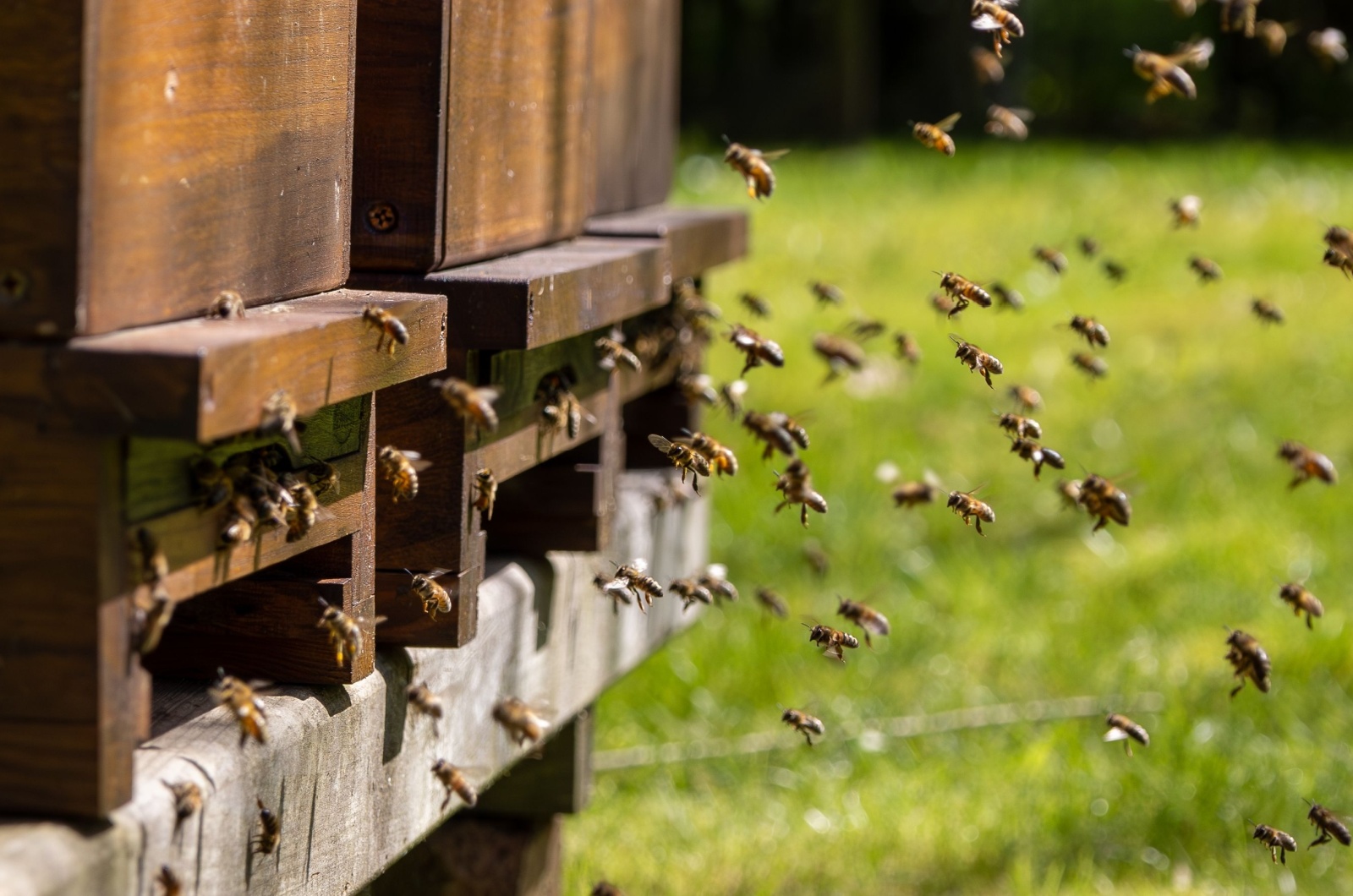
We all know that bees are hard at work during the warmer months, but when winter sets in, they hibernate inside their hives.
In a fascinating display of teamwork, bees cluster together in a tight ball to stay warm. They vibrate their bodies to generate heat, keeping the queen and the hive alive until the weather turns warm again.
These tiny creatures might not seem like winter warriors, but their survival strategy is truly remarkable.
5. Snakes – Rock Crevices And Burrows
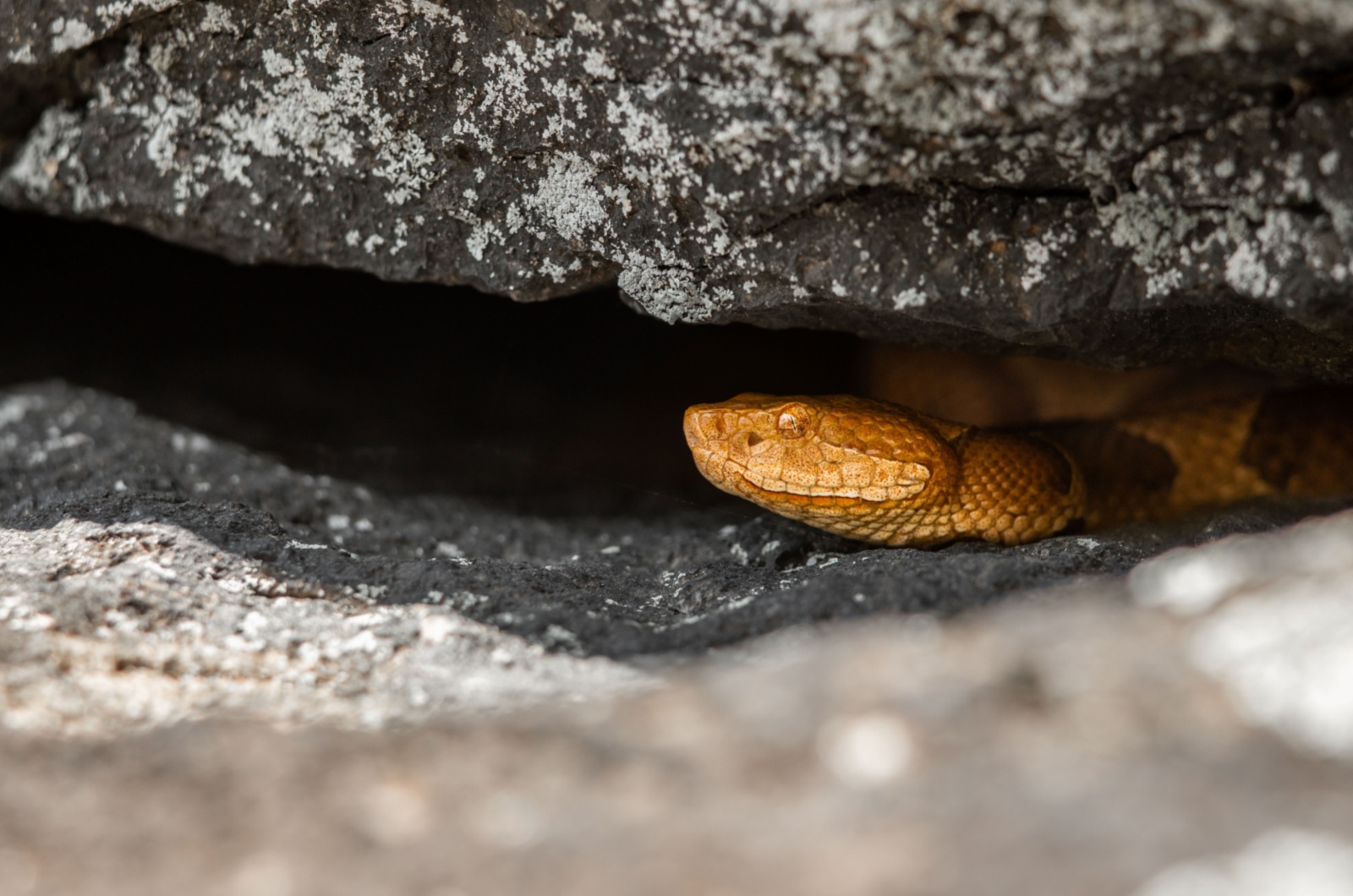
Cold-blooded animals like snakes don’t hibernate in the same way that mammals do, but they do enter a state known as “brumation,” a kind of hibernation for reptiles.
Snakes retreat to rock crevices, hollow logs, or underground burrows, where they can stay cool without freezing. Unlike mammals, snakes don’t need to sleep for months on end, but they do become inactive and rely on their fat reserves to get through the winter.
6. Chipmunks – Burrows Under Trees
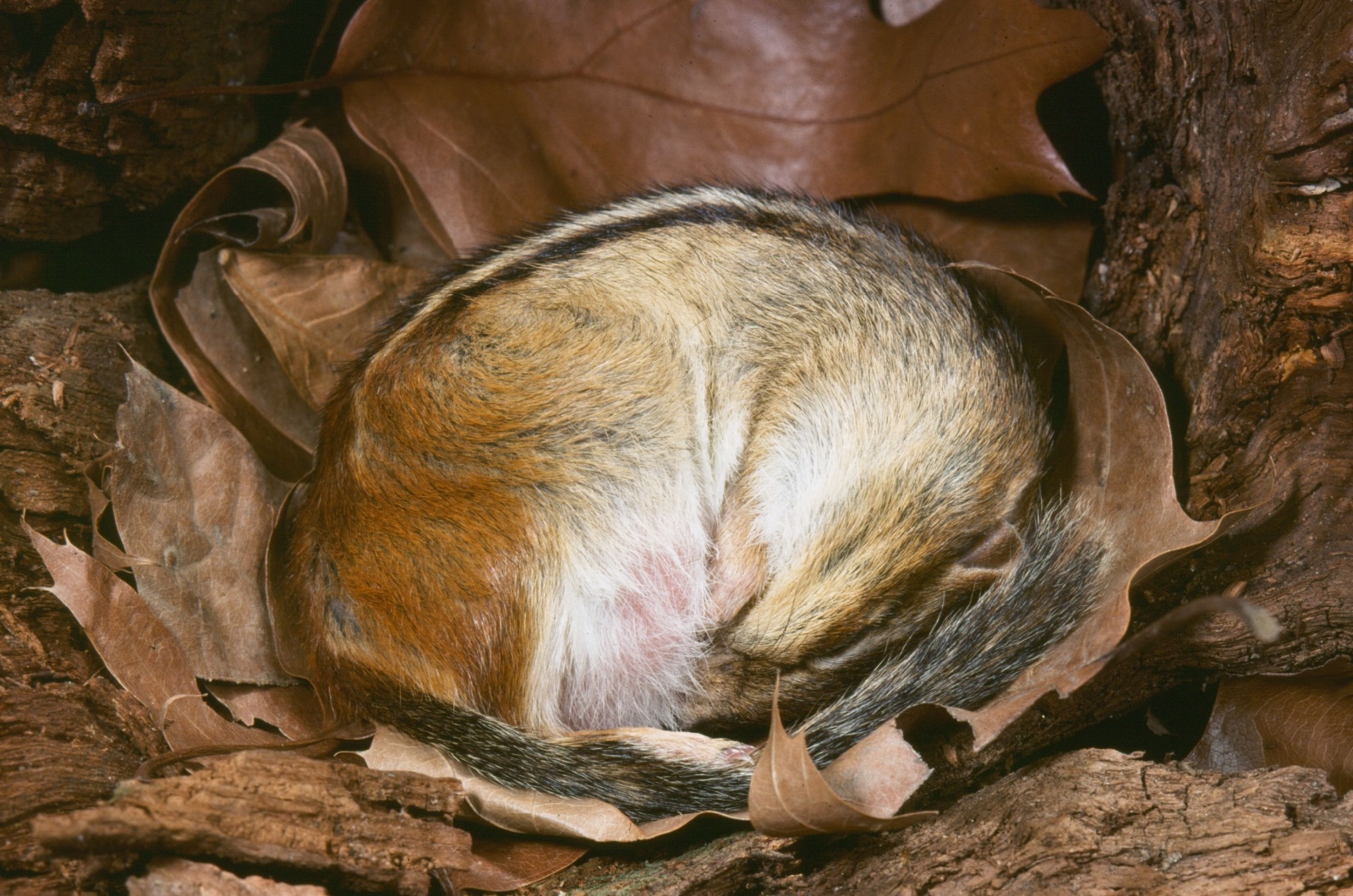
Chipmunks are another burrowing animal that spends the winter months underground. These little creatures prepare for hibernation by stuffing their cheeks with food during the fall.
Once winter arrives, they curl up in burrows under tree roots, slowing their heart rate and metabolism. They don’t truly hibernate the way ground squirrels do, but they take long naps and only wake occasionally to snack on the food they’ve stored.
7. Box Turtles – Under Leaves And Dirt
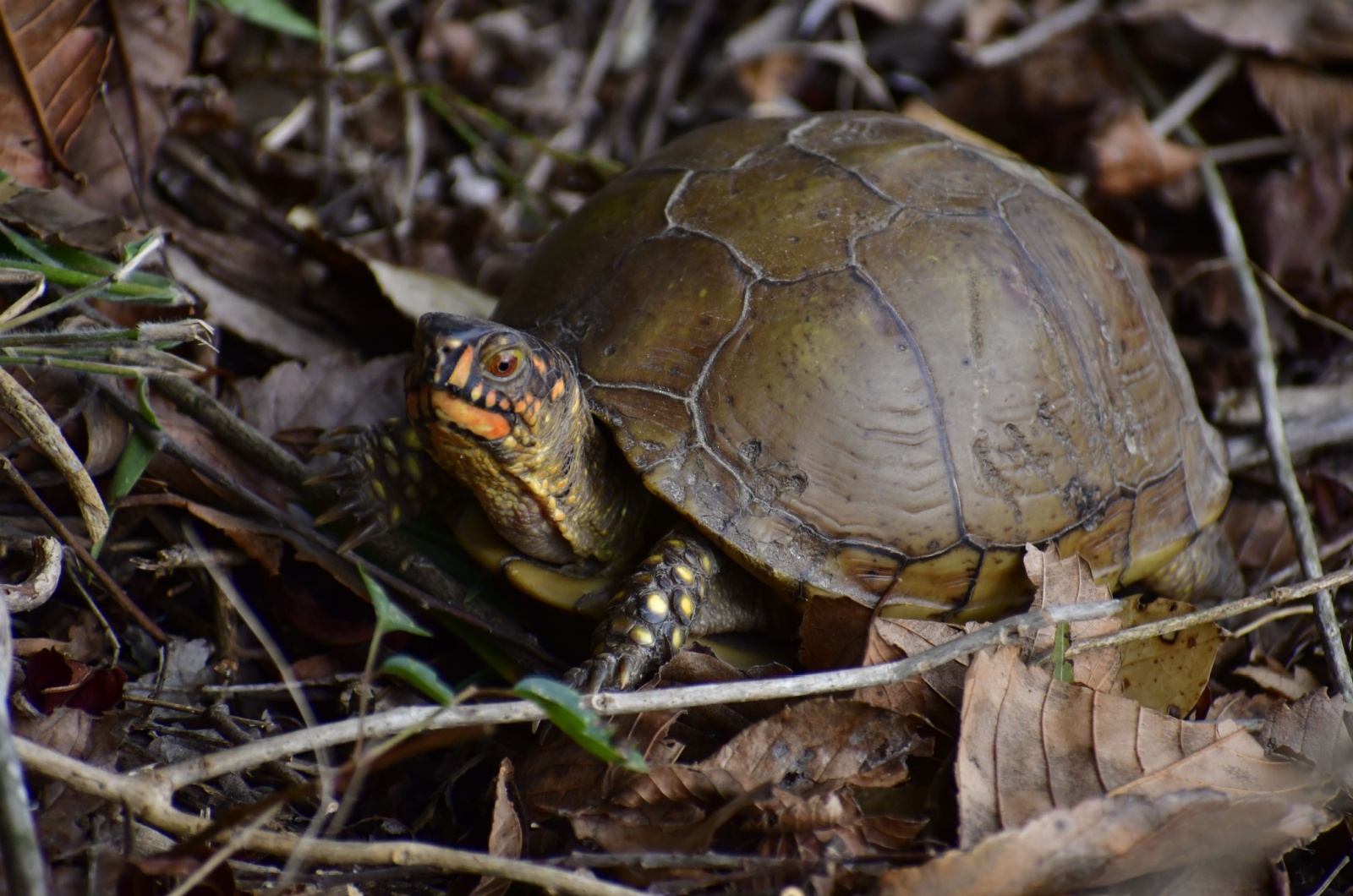
Box turtles are not fans of the cold, so when the temperatures drop, they retreat into burrows or bury themselves under piles of leaves and dirt.
They enter a state called brumation, similar to snake brumation, where they become very sluggish and eat very little until the warmer months return. These turtles are great at finding hidden spots in the forest floor where they can hunker down in peace.
8. Ladybugs – Inside Tree Bark And Under Rocks

Ladybugs, while known for their bright red spots, are surprisingly hardy creatures. During the winter, they cluster together in large groups inside tree bark crevices, under rocks, or in other sheltered spots to escape the cold.
They can remain in these hiding places for months at a time, living off their fat stores until spring.
9. Woodchucks – Deep Burrows
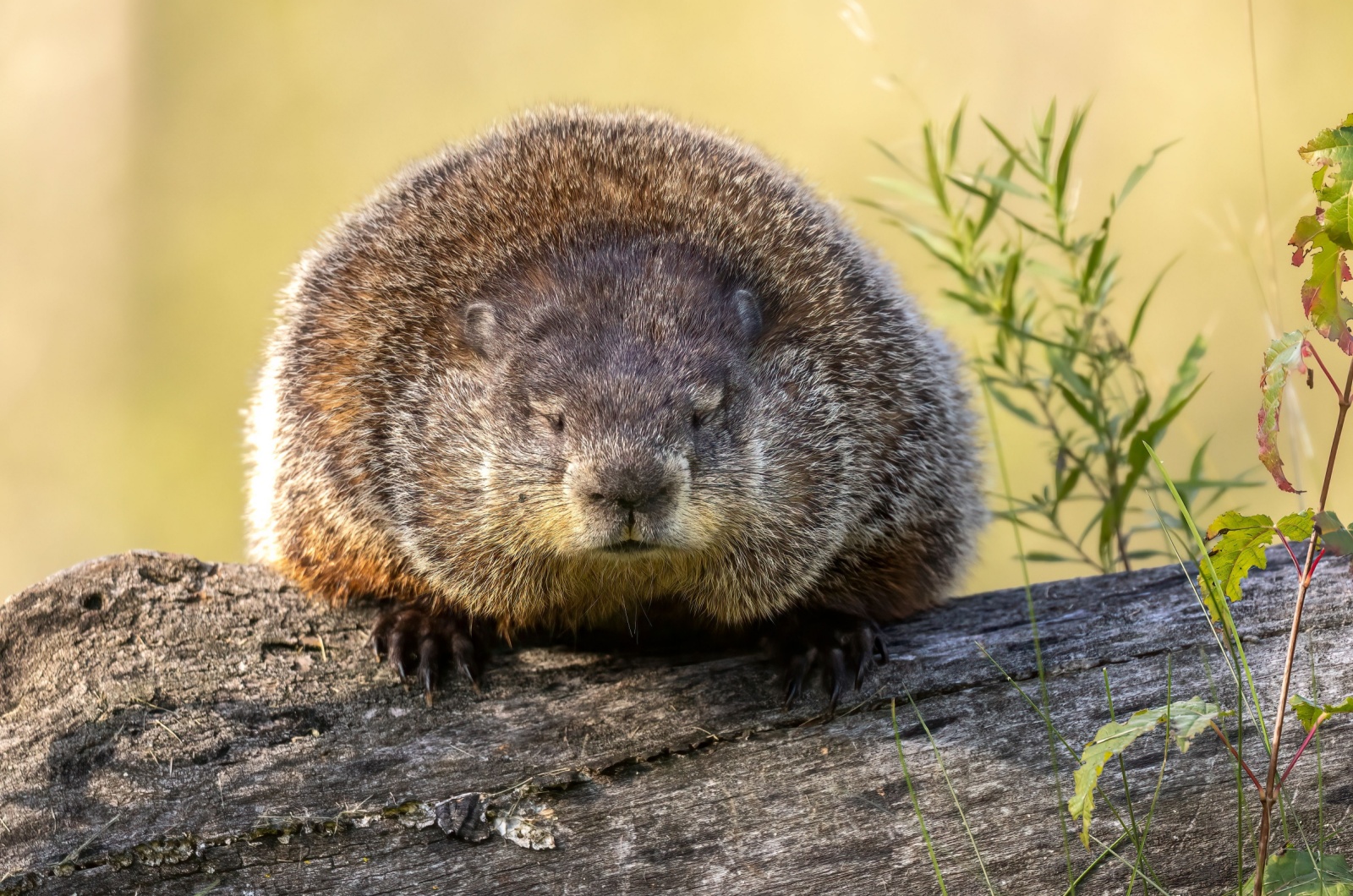
They dig deep burrows in the ground where they hibernate throughout the winter. These burrows can be up to 30 feet long, providing the woodchuck with a cozy, insulated environment.
As true hibernators, woodchucks enter a state of deep sleep, their body temperature dropping dramatically to conserve energy until the spring thaw.
10. Raccoons – In Trees And Hollow Logs
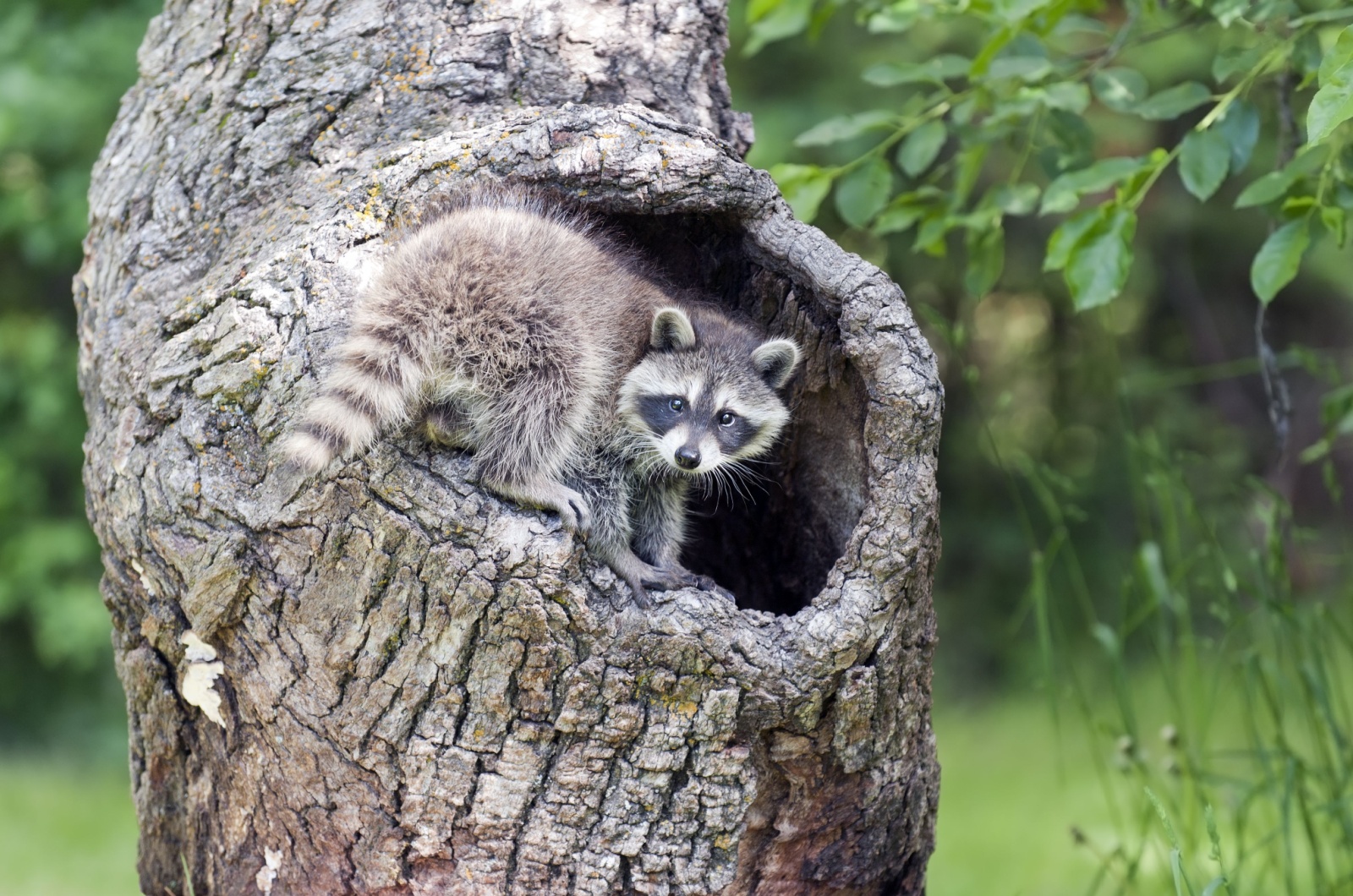
Raccoons are opportunistic creatures and can often be found hiding in hollow trees or logs during the colder months.
While they don’t truly hibernate, they do enter a state of dormancy where they become less active and conserve energy. This period of rest helps them get through the winter until food becomes more plentiful.
11. Common Poorwills – Nestled In Rocky Caves
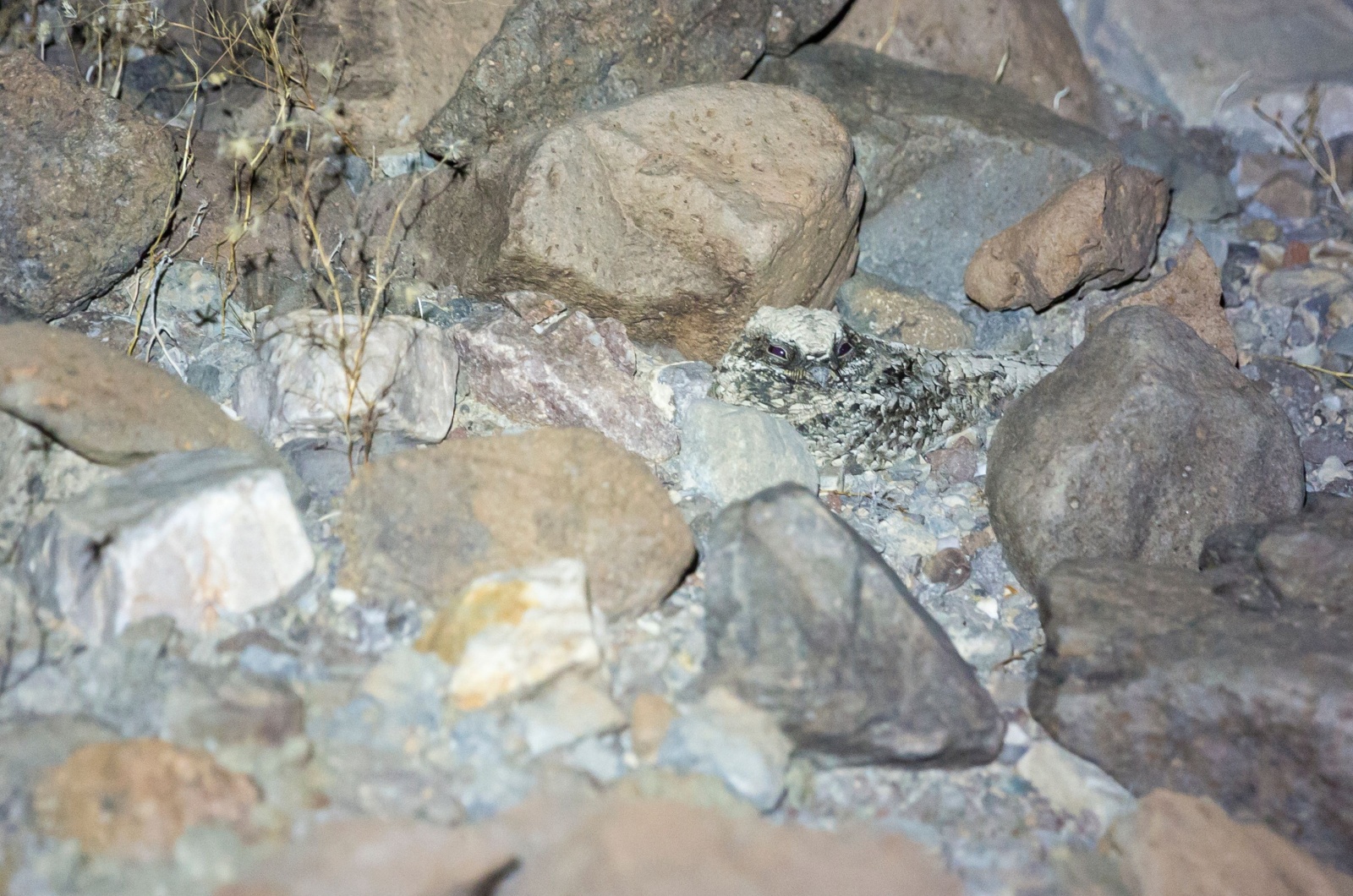
The common poorwill, a small nocturnal bird, is the only known bird species that can truly hibernate.
They retreat to rocky crevices or caves and enter a deep state of dormancy. During this time, their metabolism slows to almost a stop, and they may remain in this hibernation-like state for weeks or months.

